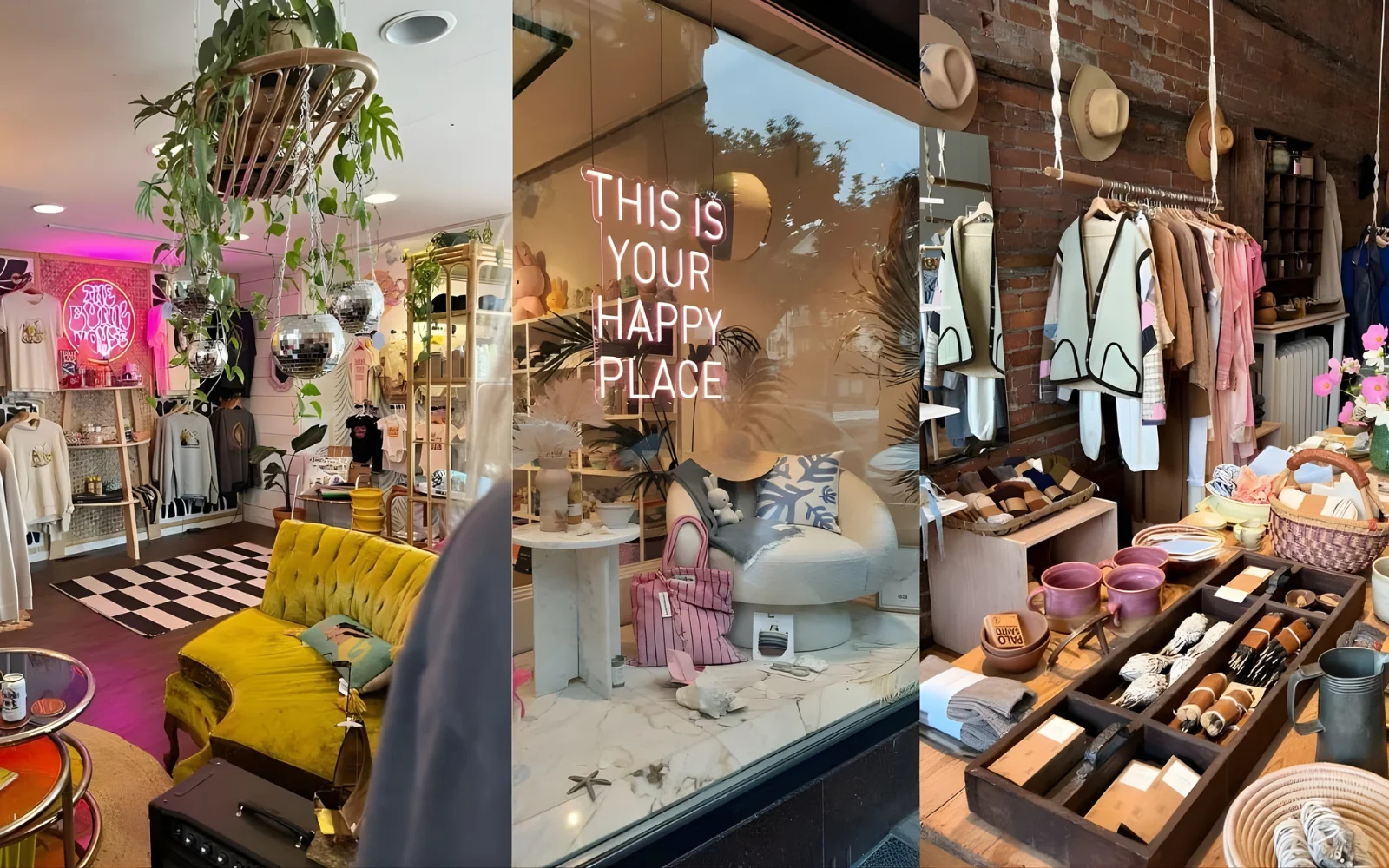
Have you ever walked into a thrift store and felt that spark of excitement? That treasure-hunting thrill when you spot the perfect vintage jacket or a beautiful piece of furniture? Well, what if I told you that you could turn that passion into a thriving business while making a positive impact on your community and the environment?
Starting a thrift store isn’t just about selling second-hand goods – you’re creating a sustainable business model that benefits everyone involved. Let’s walk through this journey together, step by step, so you can build the thrift store of your dreams.
Why Thrift Stores Are Having Their Moment (And It’s Not Going Away!)
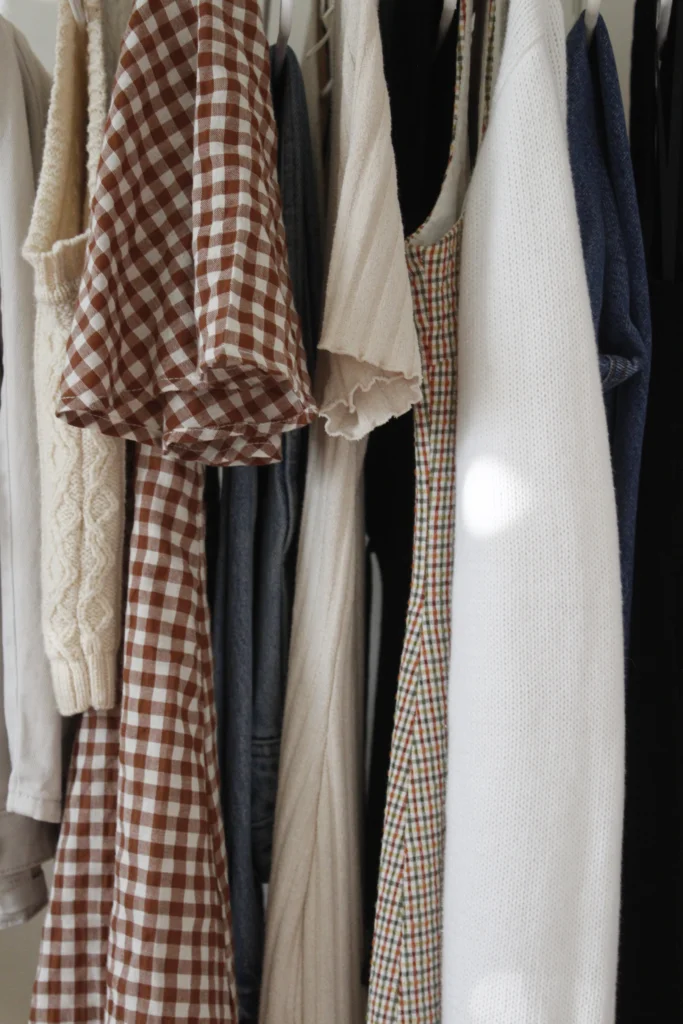
The thrift industry is absolutely booming right now. According to recent market research, the global second-hand apparel market is expected to reach $77 billion by 2025. That’s incredible growth! Here’s what’s driving this trend:
- Environmental consciousness: People are becoming more aware of fast fashion’s impact
- Economic factors: Rising inflation has made budget-friendly shopping more appealing
- Unique style preferences: Younger generations love vintage and one-of-a-kind pieces
- Social media influence: Thrift flips and vintage finds are trending on TikTok and Instagram
Your Step-by-Step Business Plan: From Dream to Reality
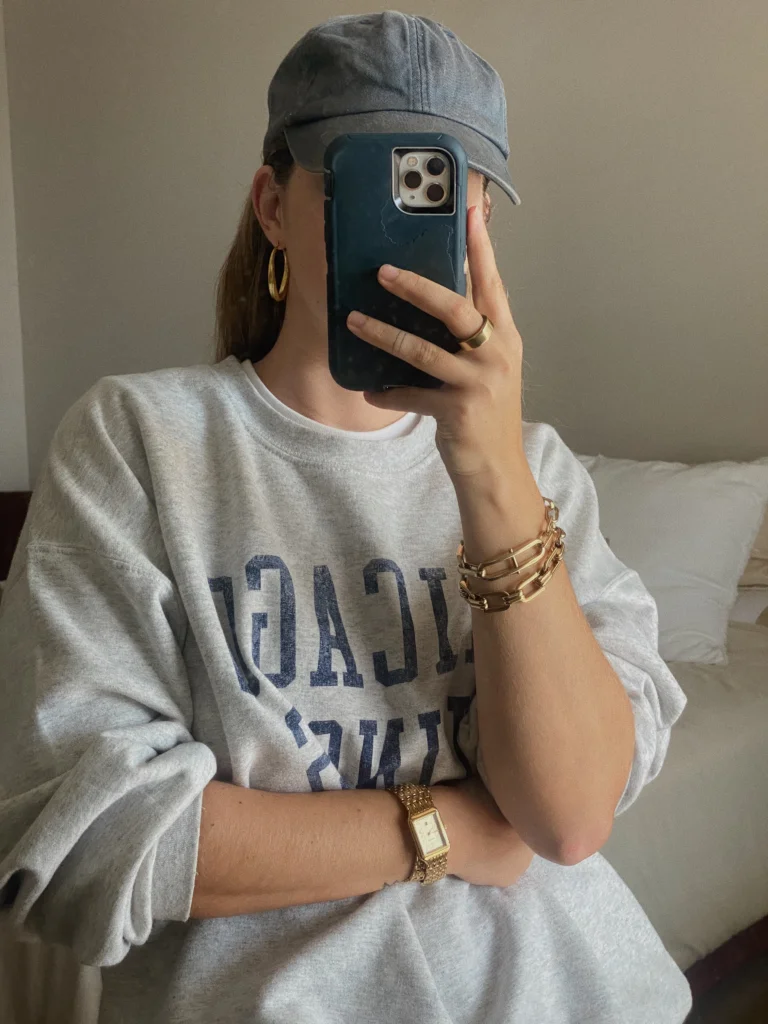
Step 1: Define Your Vision and Mission
Before diving into numbers, let’s get clear on why you want to start this business. Ask yourself:
- What type of thrift store do you envision? (General merchandise, clothing-focused, vintage specialty?)
- Who is your ideal customer?
- What impact do you want to make in your community?
Example Mission Statement: “To provide affordable, quality second-hand goods while promoting sustainable living and supporting local charitable causes.”
Step 2: Market Research and Location Analysis
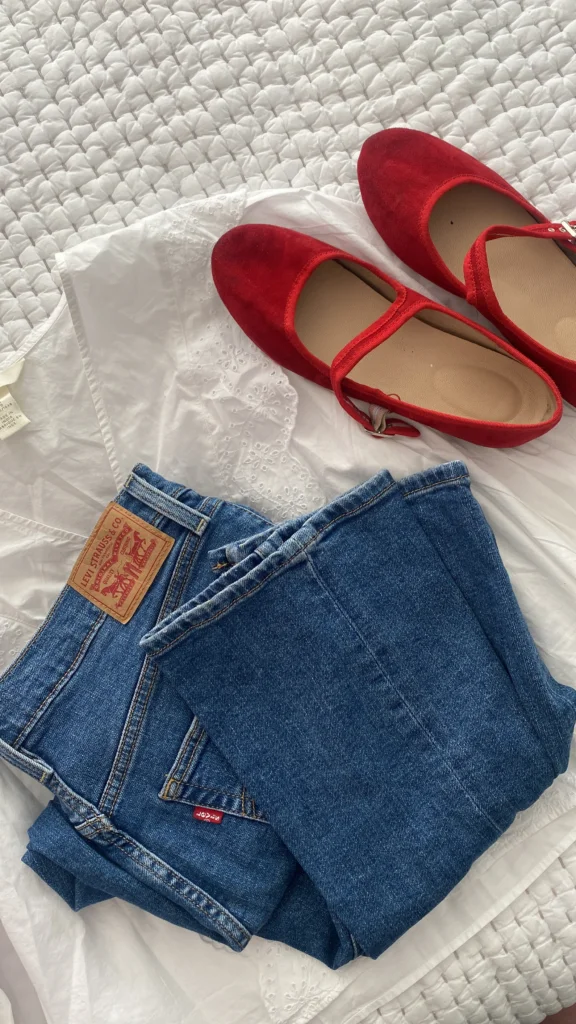
You’ll want to understand your local market inside and out. Here’s what to research:
| Research Area | Key Questions | Tools to Use |
|---|---|---|
| Demographics | Age groups, income levels, lifestyle preferences | Census data, local economic reports |
| Competition | How many thrift stores exist? What are their prices? | Drive around, visit competitors, online research |
| Location Traffic | Foot traffic, accessibility, parking | Observe different times/days, talk to other business owners |
| Rent Costs | Average commercial rent in your area | Real estate listings, commercial brokers |
Step 3: Financial Planning – Let’s Talk Numbers

Here’s where we get into the nitty-gritty. Don’t worry – I’ll break it down so it’s not overwhelming!
Startup Costs (Estimated for a 2,000 sq ft store):
| Expense Category | Low Estimate | High Estimate |
|---|---|---|
| Initial inventory | $5,000 | $15,000 |
| Store fixtures & displays | $3,000 | $8,000 |
| POS system & technology | $1,500 | $4,000 |
| Initial marketing | $1,000 | $3,000 |
| Security system | $1,000 | $2,500 |
| Insurance (6 months) | $1,200 | $2,400 |
| Licenses & permits | $500 | $1,500 |
| Working capital | $5,000 | $10,000 |
| Total Initial Investment | $18,200 | $46,400 |
Monthly Operating Expenses:
| Expense | Low Estimate | High Estimate |
|---|---|---|
| Rent | $2,000 | $5,000 |
| Utilities | $300 | $600 |
| Insurance | $200 | $400 |
| Staff wages (part-time help) | $1,200 | $3,000 |
| Marketing & advertising | $200 | $500 |
| Miscellaneous | $300 | $500 |
| Total Monthly Expenses | $4,200 | $10,000 |
Revenue Projections:
Let’s be realistic but optimistic! Here’s what you might expect:
Year 1: $60,000 – $120,000 (averaging $5,000-$10,000/month) Year 2: $80,000 – $150,000 (as you build customer base) Year 3: $100,000 – $200,000 (with established reputation)
Remember, these are estimates. Your actual numbers will depend on your location, inventory quality, and marketing efforts.
Step 4: Inventory Sourcing – Your Treasure Hunt Strategy

This is where the magic happens! You’ll need multiple sources to keep your inventory fresh and exciting:
Primary Sources:
- Donations (aim for 40-60% of inventory)
- Partner with local charities
- Set up donation drives
- Create drop-off programs
- Estate Sales (20-30% of inventory)
- Great for quality furniture and collectibles
- Build relationships with estate sale companies
- Garage Sales & Yard Sales (15-25% of inventory)
- Weekend treasure hunting
- Bulk purchases for better deals
- Storage Unit Auctions (5-15% of inventory)
- Can yield large quantities
- Higher risk but potentially high reward
Step 5: Store Layout and Design
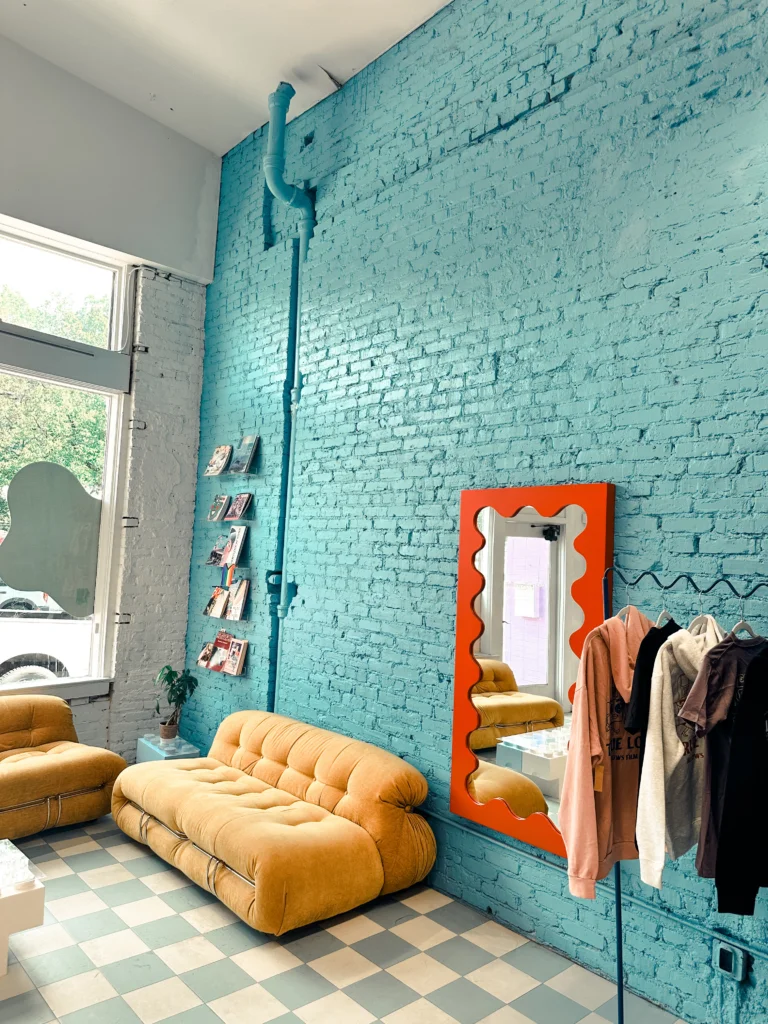
Your store layout can make or break the shopping experience. Here’s what works:
- Create clear pathways: Customers should easily navigate your store
- Use the right-hand rule: Most people naturally go right when entering
- Prime real estate: Put your best items where people look first
- Seasonal sections: Rotate inventory based on seasons
- Comfortable fitting rooms: Essential for clothing stores
Step 6: Pricing Strategy

Pricing can feel tricky, but here are some guidelines that work:
| Item Category | Typical Thrift Price | Retail Price Range |
|---|---|---|
| Clothing | $2 – $15 | $20 – $100 |
| Books | $0.50 – $3 | $10 – $30 |
| Small appliances | $5 – $25 | $30 – $150 |
| Furniture | $10 – $200 | $100 – $1,000+ |
| Vintage/Collectibles | $5 – $100+ | $50 – $500+ |
Pro tip: Price items at about 10-20% of their original retail value, but don’t be afraid to price quality vintage or designer items higher!
Step 7: Marketing Your Thrift Store
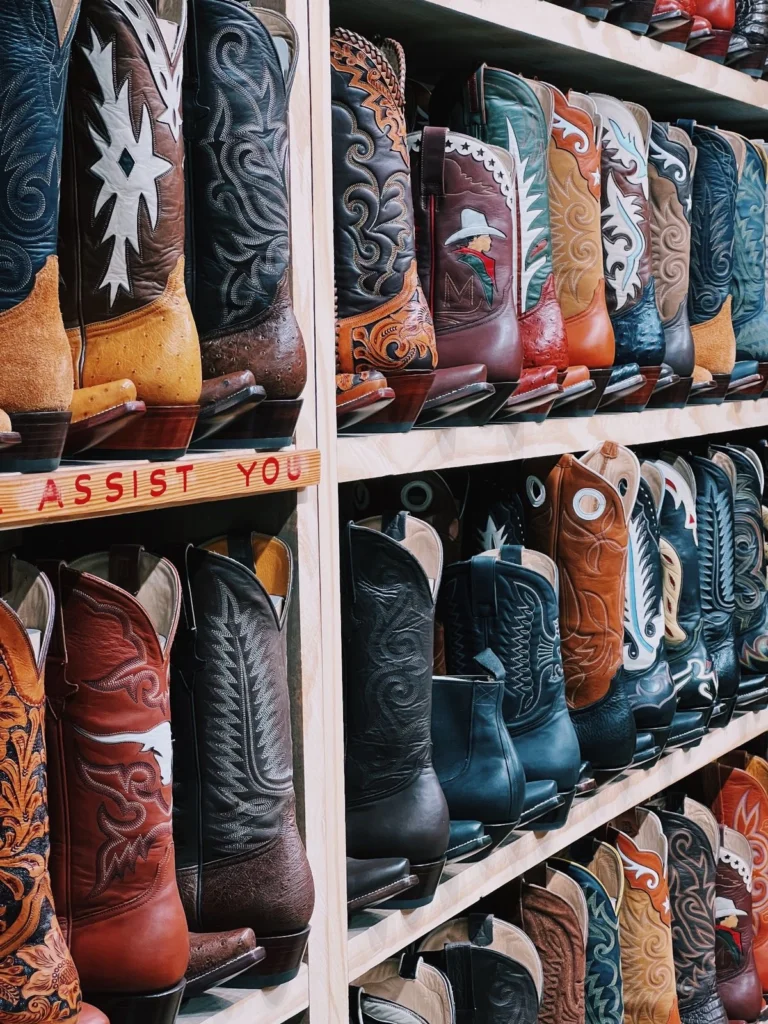
Marketing doesn’t have to be expensive – it just needs to be consistent and authentic:
Low-Cost Marketing Ideas:
- Social media presence: Instagram and Facebook are perfect for showing off unique finds
- Community partnerships: Work with local schools, churches, and nonprofits
- Email newsletter: Keep customers informed about new arrivals and sales
- Loyalty programs: Punch cards or digital rewards for repeat customers
- Special events: Host themed sales, fashion shows, or upcycling workshops
Step 8: Operations and Staffing
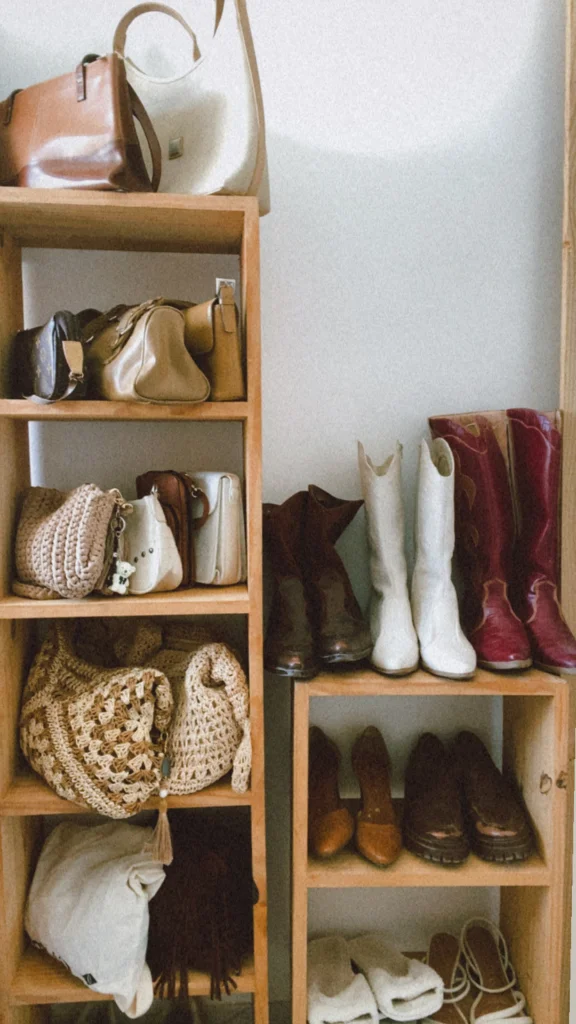
You don’t need a huge team to start, but you’ll want help as you grow:
Staffing Needs:
- Just you: Possible for the first 6-12 months
- Part-time assistant: When you’re doing $5,000+ monthly revenue
- Full-time employee: When you’re consistently hitting $10,000+ monthly
Daily Operations Checklist:
- [ ] Process new donations/purchases
- [ ] Price and tag new items
- [ ] Refresh displays
- [ ] Handle sales transactions
- [ ] Social media updates
- [ ] Store cleaning and organization
Real Success Stories: Proof That Dreams Do Come True
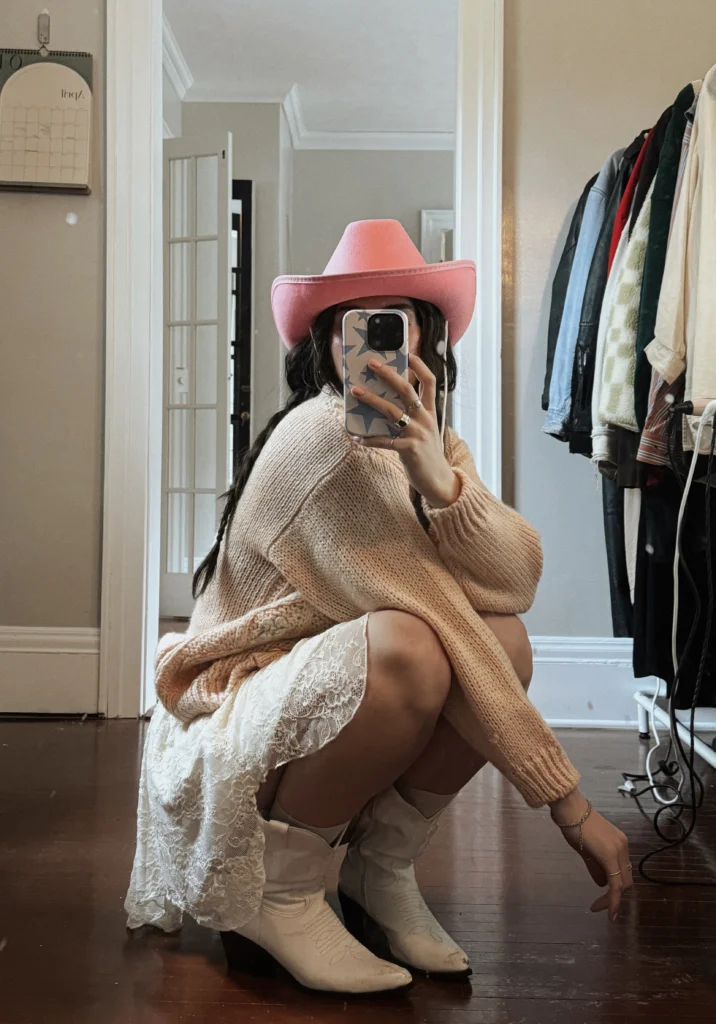
Let me share some inspiring examples of thrift stores that started small and made it big:
1. Buffalo Exchange (USA)
- Started: 1974 in Tucson, Arizona
- Now: 45+ locations across the US
- What they did right: Focused on trendy, quality clothing and created a buy-sell-trade model
- Key lesson: Consistency in quality and branding matters
2. Crossroads Trading (USA)
- Started: 1991 in San Francisco
- Now: 35+ locations
- What they did right: Positioned themselves as “eco-friendly fashion” before it was trendy
- Key lesson: Getting ahead of trends can set you apart
3. Value Village/Savers (USA & Canada)
- Started: 1954
- Now: 300+ locations
- What they did right: Strong community partnerships and donation programs
- Key lesson: Building community relationships creates sustainable inventory flow
4. Humana Second Hand (Europe)
- Started: 1970s in Denmark
- Now: 160+ stores across Europe
- What they did right: Combined social mission with business success
- Key lesson: A strong mission can drive both profits and purpose
Common Mistakes to Avoid (Learn From Others’ Experience!)
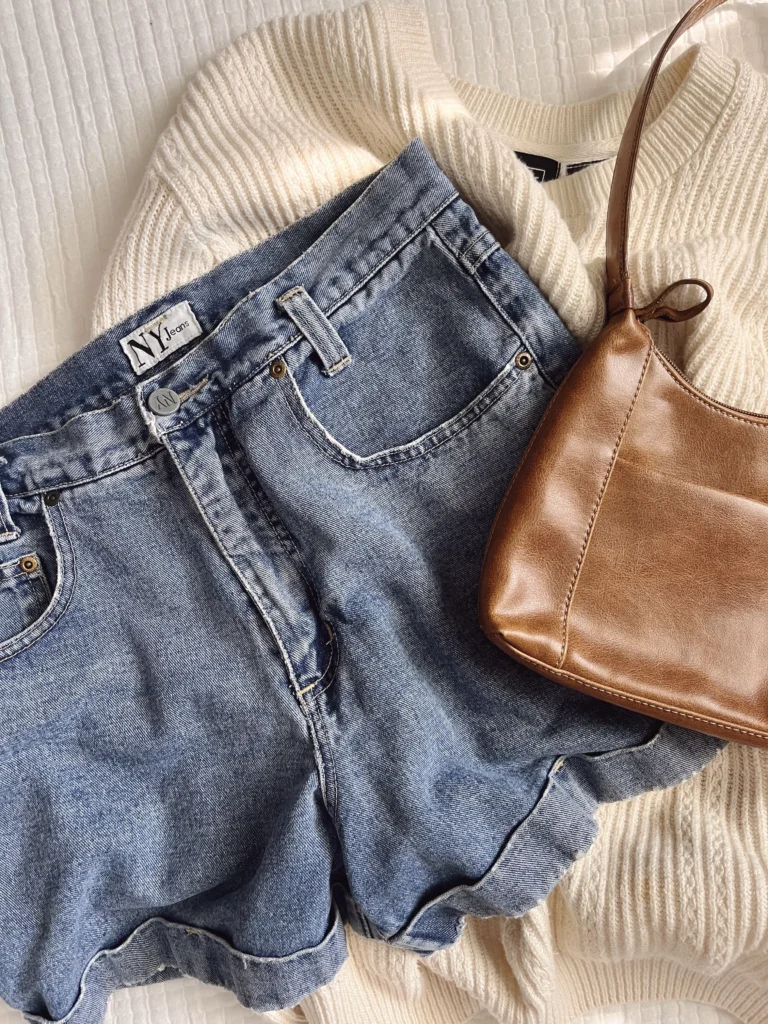
I’ve seen many thrift store owners make these mistakes, but you don’t have to:
1. Accepting Everything
The mistake: Taking in every donation without being selective The fix: Be choosy! Only accept items you’d actually buy yourself
2. Inconsistent Pricing
The mistake: Pricing similar items differently, confusing customers The fix: Create a consistent pricing guide and stick to it
3. Cluttered Store Layout
The mistake: Cramming too much merchandise into the space The fix: Less is more – give items room to breathe and customers room to browse
4. Ignoring Online Presence
The mistake: Thinking “word of mouth is enough” The fix: Invest time in social media and online marketing
5. Poor Inventory Management
The mistake: Not rotating stock or removing stale items The fix: Implement regular markdown schedules and seasonal clean-outs
6. Undervaluing Quality Items
The mistake: Pricing everything the same regardless of brand or condition The fix: Research valuable brands and price accordingly
7. Not Building Community Relationships
The mistake: Operating in isolation The fix: Partner with local organizations, schools, and charities
Your 90-Day Action Plan: Getting Started

Feeling excited but a bit overwhelmed? Here’s your roadmap for the first 90 days:
Days 1-30: Planning Phase
- [ ] Complete market research
- [ ] Find and secure location
- [ ] Obtain necessary licenses and permits
- [ ] Set up business bank account
- [ ] Purchase insurance
- [ ] Order fixtures and equipment
Days 31-60: Setup Phase
- [ ] Design store layout
- [ ] Install fixtures and POS system
- [ ] Begin collecting inventory
- [ ] Hire and train initial staff
- [ ] Develop pricing guidelines
- [ ] Create social media accounts
Days 61-90: Launch Phase
- [ ] Soft opening with friends and family
- [ ] Grand opening event
- [ ] Launch marketing campaigns
- [ ] Monitor sales and adjust pricing
- [ ] Gather customer feedback
- [ ] Plan first month’s operations
Financial Projections: What Success Looks Like

Here’s a realistic 3-year financial projection for a well-run thrift store:
| Year | Revenue | Expenses | Net Profit | Profit Margin |
|---|---|---|---|---|
| 1 | $90,000 | $75,000 | $15,000 | 16.7% |
| 2 | $125,000 | $95,000 | $30,000 | 24% |
| 3 | $160,000 | $115,000 | $45,000 | 28% |
These numbers assume steady growth, good inventory management, and effective marketing.
Ready to Take the Leap?

Starting a thrift store is more than just a business decision – it’s a lifestyle choice that lets you contribute to sustainability while building something meaningful. Yes, it requires hard work and dedication, but the rewards go far beyond financial gains.
You’ll be providing affordable options for families, keeping items out of landfills, and creating a gathering place for your community. Plus, there’s nothing quite like the satisfaction of seeing someone’s face light up when they find that perfect item at an amazing price.
Remember, every successful thrift store started with someone just like you – someone with a vision, some determination, and the willingness to take that first step. You’ve got this! The thrift store industry is waiting for your unique contribution, and your community needs what you have to offer.
So, what are you waiting for? Your thrift store adventure starts now. Take it one step at a time, stay focused on your mission, and don’t be afraid to adapt as you learn. Before you know it, you’ll be the proud owner of a thriving thrift store that’s making a difference in more ways than one.
Ready to start your journey? Begin with Step 1 today – define your vision and let the adventure begin!


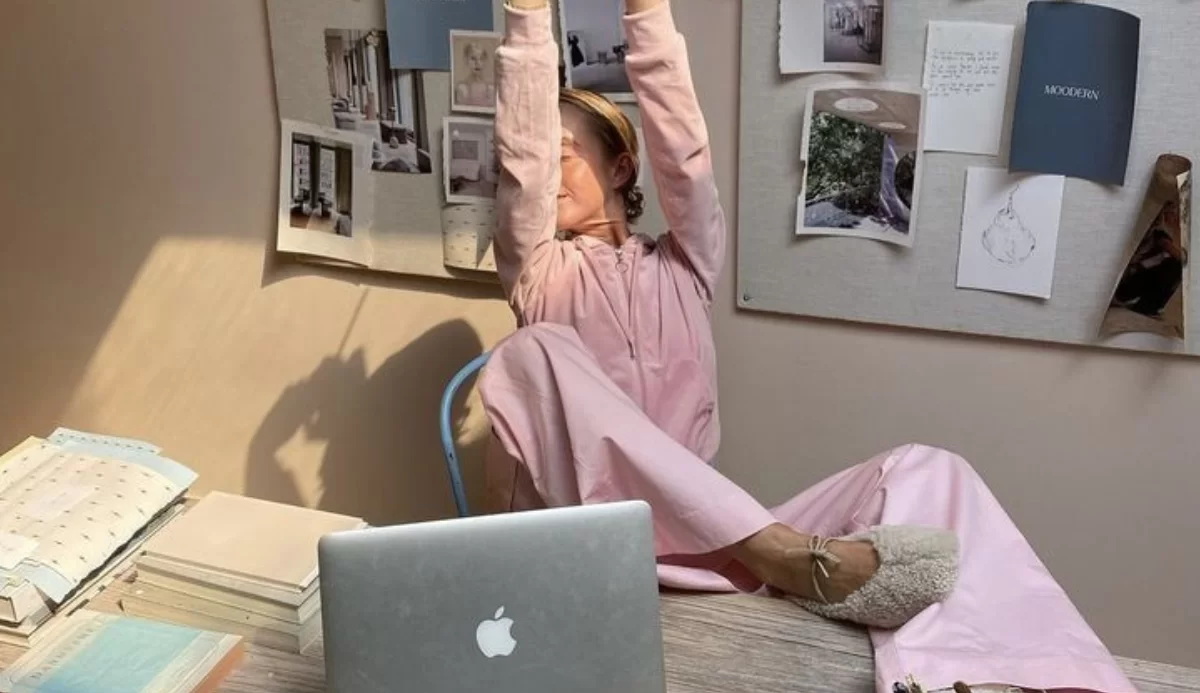


Leave a Reply